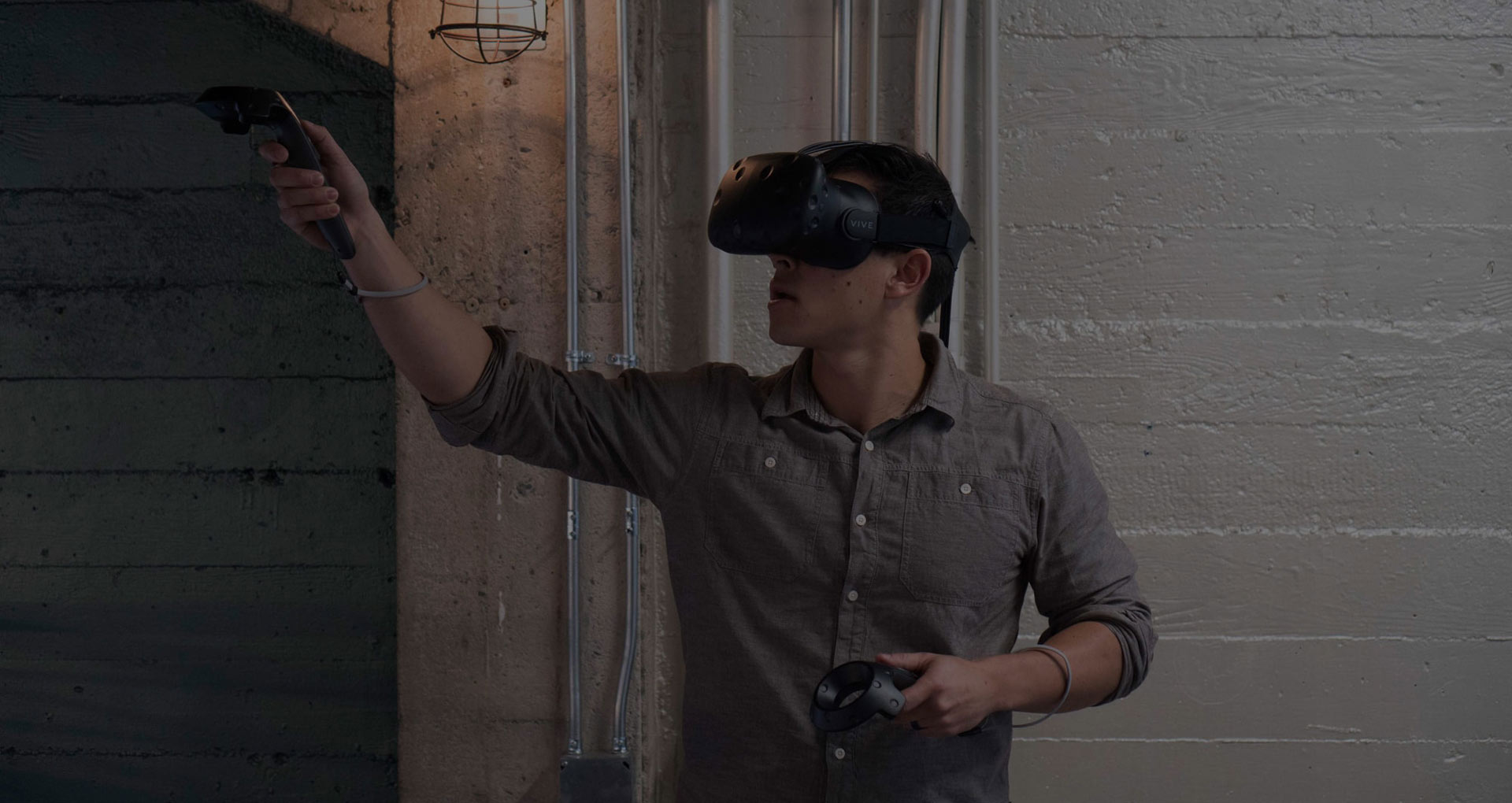Augmented Reality (AR) continues to revolutionize digital marketing, providing brands with dynamic tools to captivate audiences and drive success. For forward-thinking marketing leaders, mastering the intricacies of measuring AR’s impact is paramount. This report explores the multifaceted nature of AR measurement, leveraging industry insights, real-world examples, and firsthand expertise to deliver a comprehensive guide.
The Growing Significance of AR in Social Media Marketing
The Augmented Reality (AR) market is experiencing exponential growth, with projections estimating its value to reach $50 billion by the end of 20241 and $461.25 billion by the end of 20302.
This surge in adoption is driven by AR’s ability to create immersive, interactive experiences on iPhone and Android that resonate with consumers, particularly Gen Z and Millennials, who are 71% more likely to use AR compared to older generations3. As highlighted in a Snapchat-commissioned study conducted by Nielsen, 60% of consumers now use AR for shopping, and 84% are interested in using it to inform purchasing decisions4, driving spending for products or services in exciting new ways. Growth is not just limited to the fiscal footprint of the industry either, as a Deloitte study exposed that over 60% of people in the US are estimated to be frequent AR users by 20255. As the rapid growth of AR continues, understanding how to measure the value and success of individual campaigns becomes more important with each activation.
Key Metrics for Measuring AR Success
With so many data points suggesting continued rapid growth in this sector, accurately assessing the impact of Augmented Reality (AR) campaign activations is a top priority.
1. Engagement Metrics – Likes, Shares, and Time-Spent
According to the IAB-MRC guidelines, engagement metrics should include likes, shares, and time spent/duration of a session to track how a user is interacting with AR content. Snapchat’s Ads Manager, for instance, provides detailed engagement metrics for AR Lens campaigns run on its platform. While the TikTok’s Effect House platform offers similar solutions for Branded Effects, both platforms allow marketers to track engagement data throughout a campaign’s lifecycle. Utilizing standardized engagement metrics ensures consistency in benchmarking across platforms (e.g., TikTok, Snap, Instagram, webAR) and campaigns6.
2. User Impressions – Unique Users (Paid vs. Earned)
Measuring the unique number of users exposed to AR content is crucial for understanding brand visibility and campaign success. Once an ad or AR effect is loaded onto a user’s mobile device6, an impression metric unit is added to the backend of the campaigns platform for tracking. Snapchat’s Ads Manager divides these into Paid impressions (those resulting from users being targeted in an ad spend) and Earned impressions (those resulting from a Paid Impression user sharing or posting AR content and a secondary user seeing that content). Instagram offers strong solutions for Brands to plug in AR Effects directly into existing campaigns and audiences through the Meta Ads Manager, allowing a marketer to pair AR with traditional marketing formats to maximize unique user impressions across a multi-platform campaign.
3. Conversion Rates – Click-thrus & Calls-To-Action (CTAs)
Evaluating how effectively an AR campaign activation drives desired actions, such as website visits or purchases by way of Click-thrus, provides a tangible measure of its impact on marketing goals. With 84% of consumers interested in using AR to interact with a product before purchasing it5, having a strong call to action (CTA) to drive Click-Thru conversion is key to a successful product-focused campaign. This can be seen through activation formats like Virtual Try-ons. In a Virtual Try-on, a user interacts with a product in AR before being directed to a Click-thru to a landing page driving to that product’s purchase flow.
4. User-Generated Content (UGC) – Amplification
Sharing user-generated content from a brand’s AR activation significantly increases engagement and authentically expands brand reach. This organic exposure, combined with paid advertising, amplifies brand, campaign, or product awareness within the user’s network, ultimately enhancing the overall impact and success of the AR campaign.
5. Return On Investment (ROI)
Comparing the cost of AR campaign development and execution against the revenue or value generated is essential for determining financial efficacy. A Nielsen study revealed that AR lenses achieved a 1.67x return on ad spend (ROAS), outperforming other formats like television and traditional social media7.
Fishermen Labs Case Study: Wendy’s x DJ Khaled – Spring 2024
Fishermen Labs has repeatedly observed that campaigns combining product awareness with strong Augmented Reality (AR) execution yield quantifiable activation results. A recent example is Wendy’s “Biggie Bag” meal deal featuring DJ Khaled.
Fishermen Labs enhanced traditional marketing materials with AR, focusing on:
- Strong user interaction: Encouraging users to flip the camera to continue the experience6 and tap the Click-thru after the experience.
- Engaging user journey: Motivating users to create and share user-generated content (UGC).
- Product-focused visualization: Driving product awareness6 through clear, impactful visuals.
This AR activation targeted increased impressions and directly impacted metrics. The AR experience brought the Biggie Bag to life for targeted users, who then shared videos and photos with their community. This generated significant organic awareness beyond the initial target audience, resulting in an impressive 1.5 million earned impressions for Wendy’s as shared during a May 2024 IAB NewFronts keynote.
Solutions for AR Measurement
Measuring an Augmented Reality (AR) activation’s success is not without its challenges.
While the above metrics are used regularly across the industry, the lack of standardized metrics and the difficulty in capturing qualitative user experiences poses obstacles for marketers. However, innovative solutions continue to emerge, leveraging methodologies such as:
- Integrating AR Metrics with Traditional Marketing Models: According to the IAB-MRC guidelines, combining AR-specific metrics with conventional marketing indicators provides a more holistic view of campaign performance. This also allows for tangible and quantifiable value for unfamiliar stakeholders when comparing the two formats.
- Leveraging Advanced Analytics Tools: Established social platforms, like Snapchat Meta, and TikTok offer built-in analytics tools for tracking AR campaign performance, while third-party solutions such as 8th Wall provide more comprehensive and targeted measurement capabilities through API integration.
- Target Your Audience: Identify your target audience and understand their preferences, behaviors, and demographics using Personas. Meet them where they’re at by focusing your activation on the right platform(s) whether that’s your app, a social platform like TikTok, Instagram, or Snap, or your website.This will help you create AR experiences that are accessible to your audience, resonate with them, and drive the engagement you’re looking for.
In Closing
As AR technology continues to advance, so too will the methods and best practices for measuring its impact. For brands and marketers alike, understanding how to measure the impact of AR is essential for making informed decisions and capitalizing on this transformative technology. By leveraging the insights and best practices outlined above, businesses can effectively harness the power of AR to drive growth, enhance customer engagement, and achieve long-term success in the dynamic world of marketing.
Interested in learning more about AR measurement? Contact us today, and we’d be glad to answer your questions and support your objectives.
References
1 AR In Social Media: Current & Future Applications
2 Augmented Reality (AR) Market Size [by 2030]
3 Using Augmented Reality in Social Media to Improve Customer Engagement
4 Social AR: Leveraging Augmented Reality to Drive Business Results
5 It’s Time For an Augmentality Shift
6 Guidelines Define Metrics to Effectively Capture the Impact of AR Campaigns
7 A Case for Analyzing AR Investments Within Marketing Mix Models






